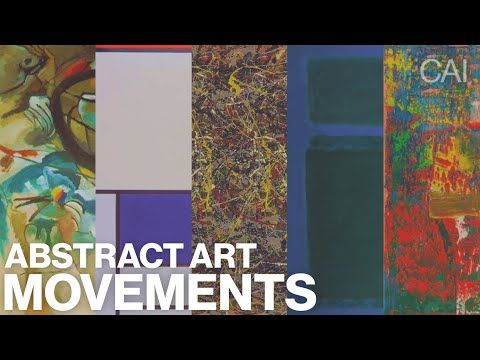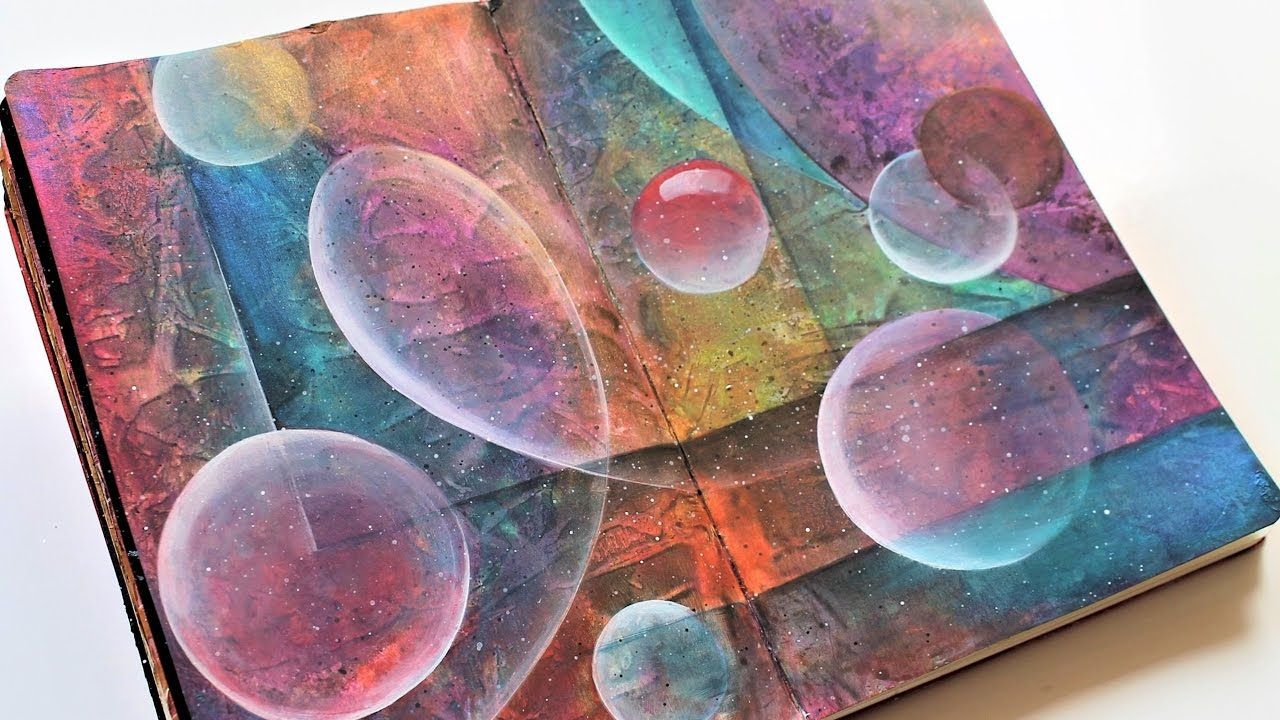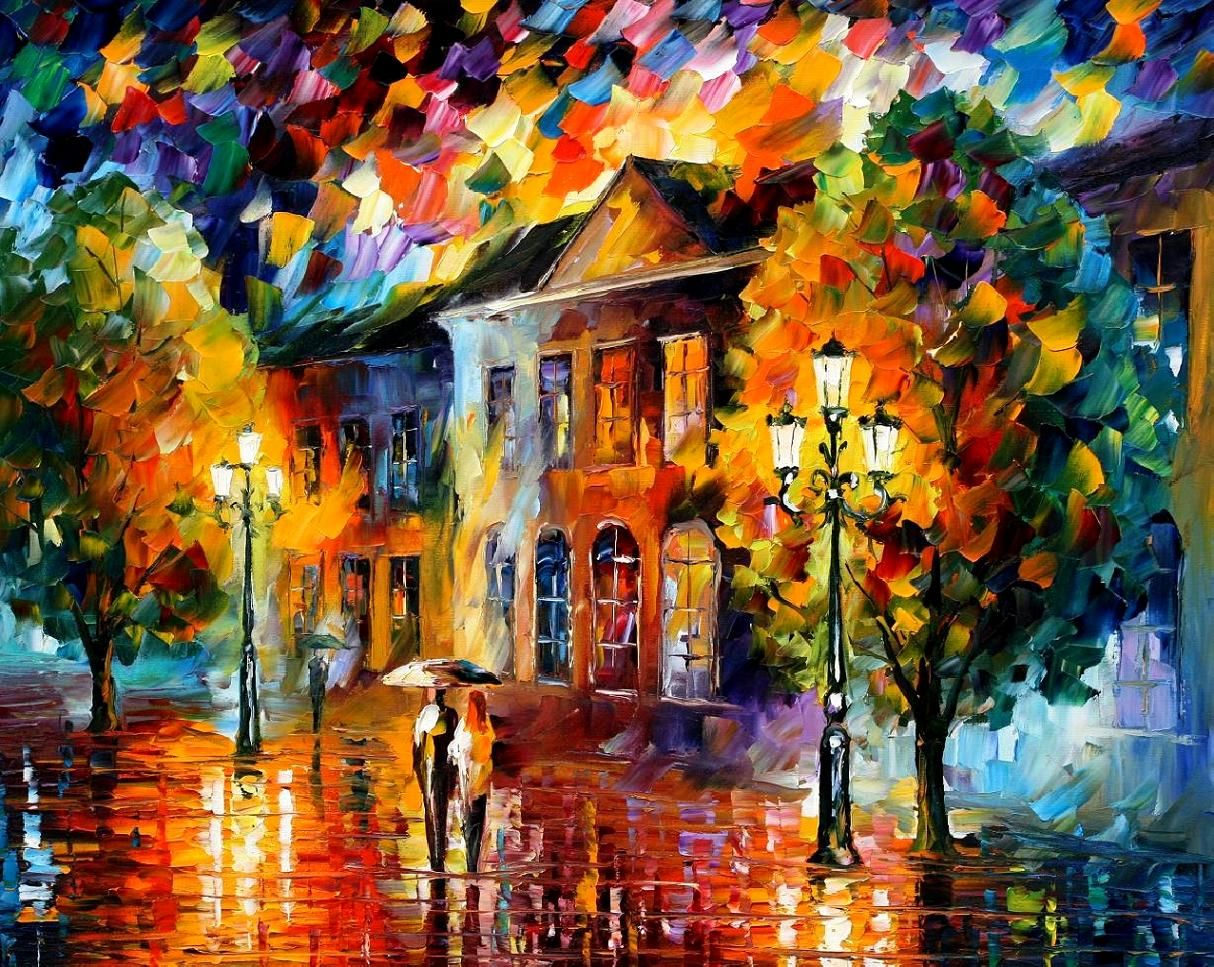In the world of art, abstract art movements have played a significant role in shaping the way we perceive and appreciate the creative process. From the early pioneers of abstract art to the modern-day artists pushing boundaries and redefining what it means to create art, the history of abstract art movements is rich and diverse. In this article, we will explore the evolution of abstract art from its inception to its current status as a prominent and influential form of artistic expression.
The Origins of Abstract Art
Abstract art movements emerged in the early 20th century as a response to the constraints of traditional art forms and a desire to break free from the representational style that had dominated Western art for centuries. Artists such as Wassily Kandinsky, Piet Mondrian, and Kazimir Malevich were among the first to experiment with abstract forms, colors, and shapes, paving the way for future generations of artists to explore new ways of creating art.
Cubism and Futurism
The early 20th century also saw the rise of Cubism and Futurism, two abstract art movements that sought to capture the dynamism and energy of the modern world. Cubist artists such as Pablo Picasso and Georges Braque fragmented and reassembled objects in their paintings, challenging viewers to see the world in a new and innovative way. Meanwhile, Futurist artists such as Umberto Boccioni and Giacomo Balla celebrated speed, movement, and technology in their work, embracing the industrial age and the possibilities it offered for artistic expression.
Surrealism and Abstract Expressionism
In the 1930s and 1940s, Surrealism and Abstract Expressionism emerged as prominent abstract art movements, influenced by the psychological theories of Sigmund Freud and the turmoil of World War II. Surrealist artists such as Salvador Dali and Max Ernst explored the subconscious mind and the world of dreams in their work, creating fantastical and dreamlike images that challenged traditional notions of reality. Abstract Expressionist artists such as Jackson Pollock and Willem de Kooning, on the other hand, embraced spontaneity, gestural mark-making, and emotional intensity in their paintings, paving the way for the emergence of action painting and gestural abstraction.
Minimalism and Conceptual Art
In the 1960s and 1970s, Minimalism and Conceptual Art emerged as new forms of abstract art that questioned the nature of art and its relationship to the viewer. Minimalist artists such as Donald Judd and Dan Flavin stripped away all unnecessary elements from their work, focusing on simple geometric forms and industrial materials to create art that was pure and unadorned. Meanwhile, Conceptual artists such as Sol LeWitt and Lawrence Weiner emphasized the idea or concept behind the artwork, challenging viewers to rethink their assumptions about what art is and how it should be experienced.
Contemporary Abstract Art Movements
Today, abstract art movements continue to evolve and thrive, with artists from around the world exploring new techniques, materials, and concepts in their work. From digital art and installation art to performance art and mixed media, contemporary abstract artists are pushing boundaries and redefining what it means to create art in the 21st century.
Conclusion
From the early pioneers of abstract art to the contemporary artists pushing the boundaries of artistic expression, abstract art movements have played a vital role in shaping the way we perceive and appreciate the creative process. By exploring the history of abstract art movements, we gain a deeper understanding of the diverse and innovative ways in which artists have challenged tradition, embraced experimentation, and redefined the boundaries of art.
In conclusion, abstract art movements have a rich and varied history that continues to inspire and influence artists and art lovers around the world. Whether you are a seasoned art enthusiast or a newcomer to the world of abstract art, there is much to discover and appreciate in the ever-evolving landscape of abstract art movements.



